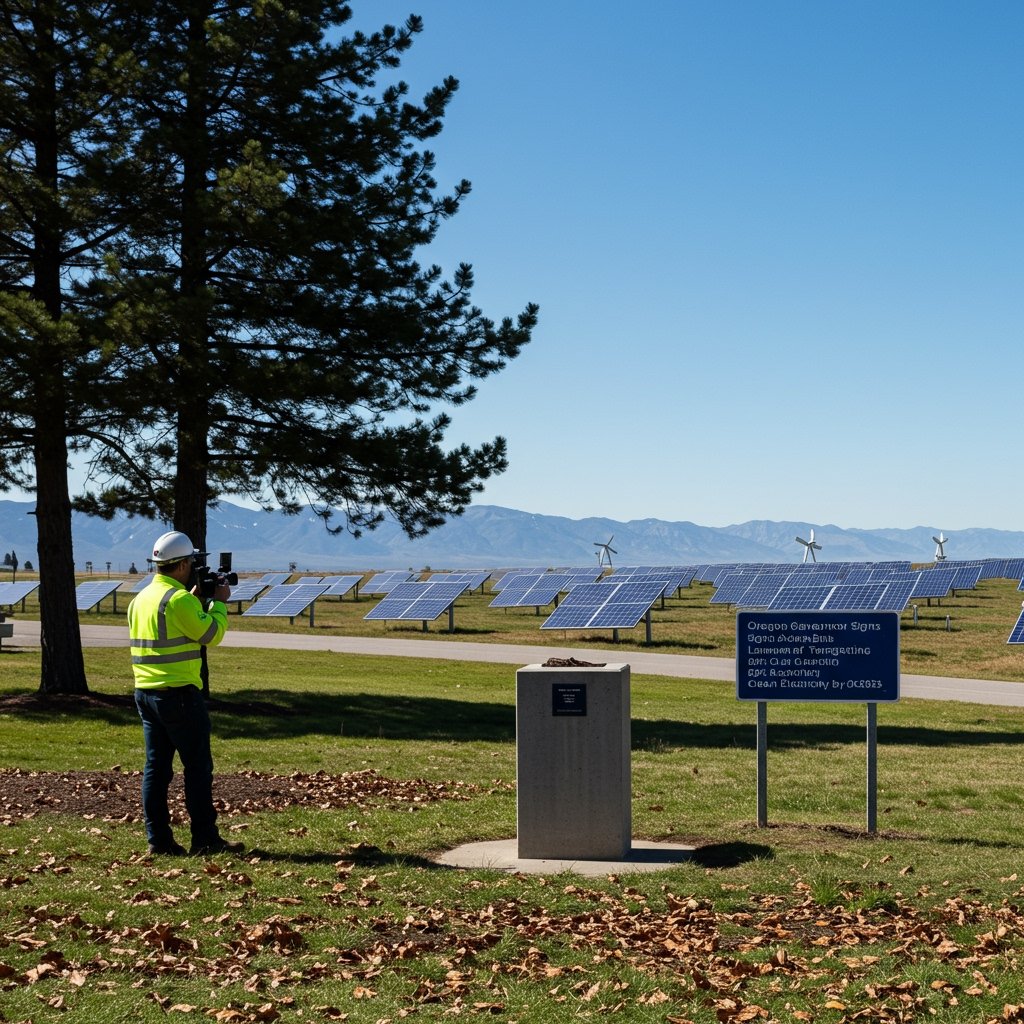Oregon Accelerates Clean Energy Transition with Historic Legislation
Salem, OR – Oregon Governor Tina Kotek on Wednesday, June 5th, signed House Bill 3010 (HB 3010) into law, enacting one of the nation’s most ambitious clean energy mandates and charting a transformative path for the state’s power sector. The signing ceremony, held in the capitol, marked a pivotal moment for Oregon’s environmental policy and its commitment to combating climate change through renewable energy adoption.
HB 3010 establishes a bold requirement that utilities serving customers in Oregon must source 80% of their electricity from clean, renewable sources by the year 2035. This target represents a significant acceleration of the state’s transition away from fossil fuels and places Oregon among a handful of leading states with aggressive timelines for decarbonizing their electric grids.
The legislation is comprehensive, addressing not only the renewable energy portfolio standard but also critical infrastructure needs and financial mechanisms to support the transition. A key component of HB 3010 is the inclusion of provisions aimed at facilitating utility grid modernization. This is deemed essential to integrate a higher proportion of intermittent renewable sources like solar and wind power, requiring upgrades to transmission lines, distribution systems, and potentially the implementation of advanced grid management technologies and energy storage solutions.
Funding the Transition: The Green Energy Transition Fund
A cornerstone of the bill’s strategy for achieving its ambitious goals is the creation of a new, substantial financial resource: the $500 million Green Energy Transition Fund. This fund is specifically designed to provide financial support for the significant investments required to build out the necessary infrastructure and develop the skilled workforce needed for a clean energy future.
The fund is expected to play a crucial role in enabling utilities and developers to undertake infrastructure projects such as new transmission lines, expanded solar and wind farms, battery storage facilities, and potentially smart grid technologies. Furthermore, a portion of the fund is earmarked for workforce training, recognizing that the transition to clean energy will require a new generation of skilled workers in installation, maintenance, and manufacturing roles related to renewable technologies.
Diverse Reactions to the Accelerated Timeline
The signing of HB 3010 has elicited a range of reactions from various stakeholders across the state.
Environmental advocates have largely hailed the bill as a landmark achievement and a necessary step in the urgent fight against climate change. They view the 2035 target as ambitious but achievable, emphasizing that the transition to renewable energy is crucial for reducing greenhouse gas emissions and protecting Oregon’s natural environment. Groups representing environmental interests have praised the bill’s aggressive timeline and its inclusion of funding for infrastructure and workforce development, seeing it as a comprehensive approach to decarbonization.
Conversely, some utility companies and industry groups have voiced significant concerns over the rapid timeline mandated by the legislation. While acknowledging the need for a clean energy transition, these entities argue that the pace of change required by the 2035 target presents substantial logistical and financial challenges. They have expressed worries about the feasibility of permitting, siting, and constructing the vast amount of new renewable generation, transmission, and storage capacity needed within just over a decade.
Potential Costs and Legal Challenges Loom
Central to the concerns raised by utilities and industry groups is the potential financial impact on ratepayers. There are fears that the accelerated pace of infrastructure development and technology deployment could lead to potential costs to consumers through increased electricity rates. Managing these costs while ensuring reliability during the transition is a significant challenge highlighted by these stakeholders.
Adding another layer of complexity, some utility companies and industry representatives are signaling potential legal challenges ahead. The basis for such challenges could stem from various factors, including arguments regarding the feasibility of the timeline, the allocation of costs, or other regulatory aspects of the bill. Any legal action could potentially slow down or alter the implementation of the bill’s provisions, introducing uncertainty into the state’s clean energy path.
Despite these concerns and potential hurdles, Governor Kotek and proponents of HB 3010 remain steadfast in their commitment to the bill’s goals, viewing it as a necessary and responsible action to ensure a sustainable energy future for Oregon. The implementation of HB 3010 will require extensive planning, investment, and collaboration among state agencies, utilities, industry, and communities as Oregon embarks on this transformative energy transition.


















